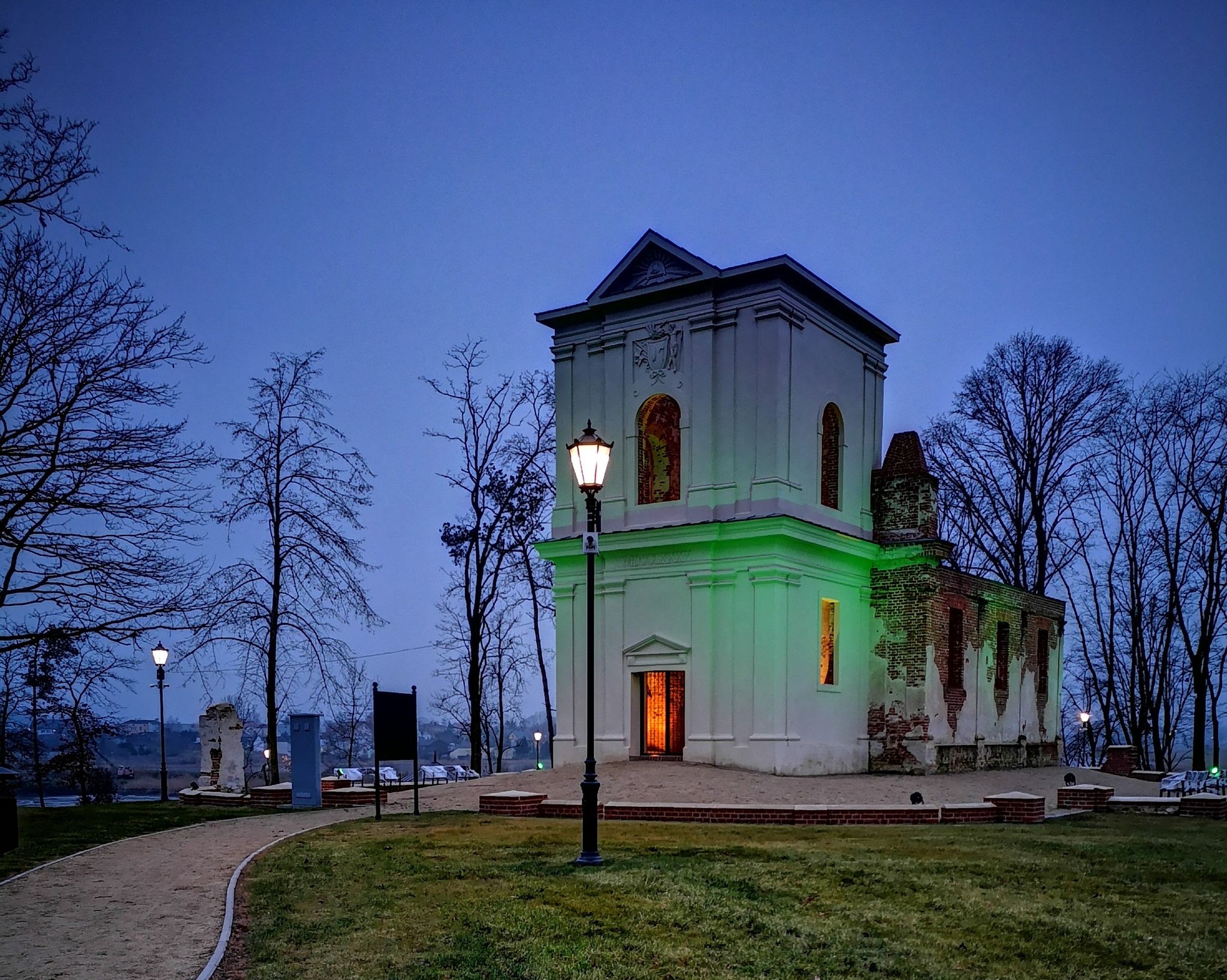A town located on the Giełczew River, 25 kilometers from Lublin. There are many interesting stories connected with the local hill called "Kościelec". Formerly, there was a castle built by the owners of these lands - Orzechowski and Suchodolski families. At the end of the XVI century an Arian church was established, and 200 years later an evangelical church, the permanent ruins of which can be seen till this day. An interesting fact is that in he Holy Trinity Evangelical Church of the Augsburg Confession in Lublin, one can still see the historic pulpit and the brick altar in the style of Louis XV, that were transferred from the said church in Piaski. The painting in the altar is considered to be one of the oldest Protestant oil paintings in Poland.
Until 1939, Piaski was inhabited by a large Jewish community. Jews from Lublin, the Czech Republic, and Germany (mainly from Bavaria) were transported to the ghetto created here by the Germans. Two cemeteries are the remains of Jewish culture.
Other monuments include: the church of the Exaltation of the Holy Cross with a baroque bell tower from the second half of the XVIII century, house of the organist from the turn of the XIX and XX centuries, and a tollhouse from the XIX century. Until the 1980s, horse fairs, well-known throughout the region, were held in the village every week.
While in Piaski, it is worth trying the famous tripe soup - it is said to be the best, not only in the region.
Three kilometers away from Piaski is Gardzienice - a small village on the Giełczew River, known in Poland and around the world for its theater traditions.





